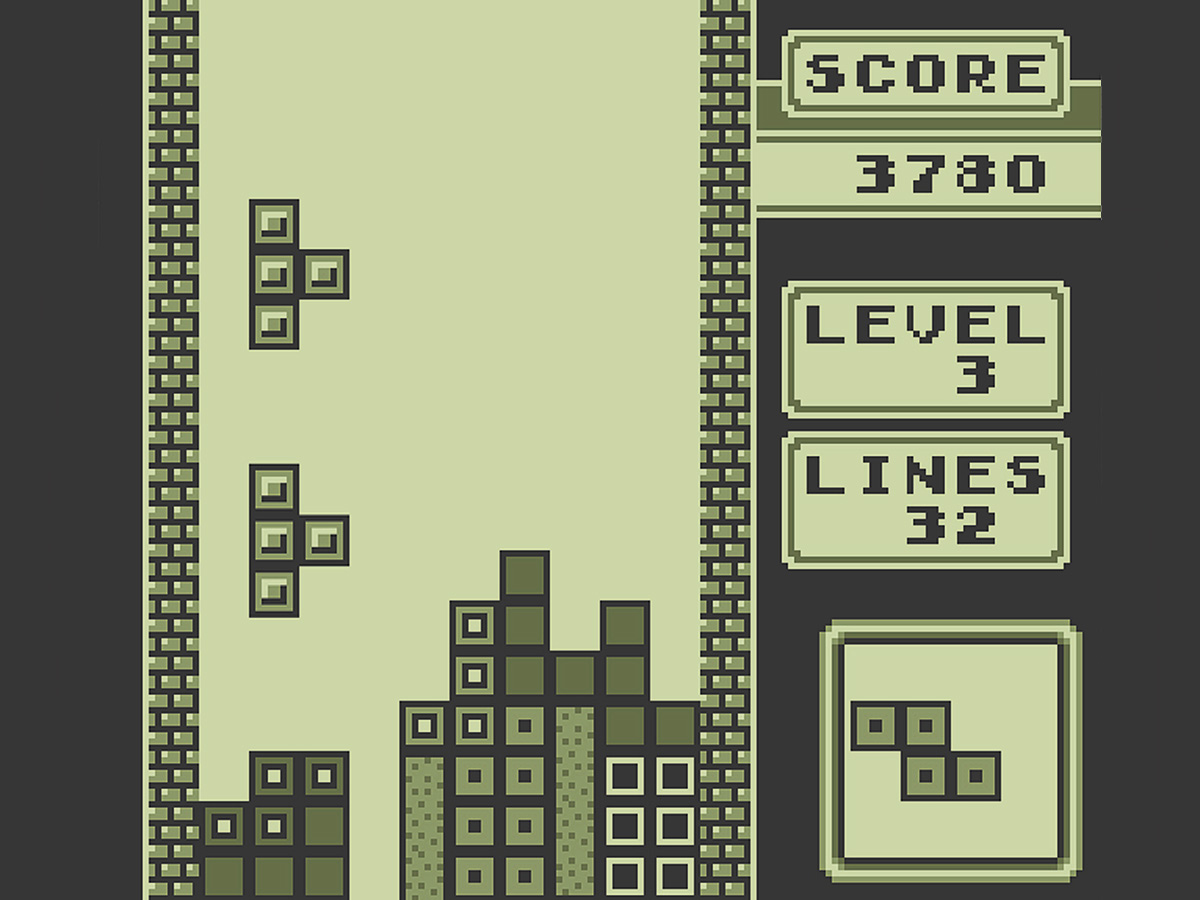Trunk based development practices
Why do we need trunk based development practices? In a series of posts, let’s discuss TBD and associated practices.
Trunk Based Development
Trunk Based Development (TBD) is that thing that everyone wants to do - you know - if it weren’t for all the downsides that come with it.. It sounds great at first because you can simply merge or commit straight to your master branch and that’s it, that new feature or code is going to production immediately. But nothing is this simple and there are real problems encountered when adopting this in isolation.
I’m going to challenge those problems in a series of posts because I think TDB and its supporting practices are oftentimes shot down by well meaning engineers and managers too early on in the adoption process.
Later, I’ll contrast Trunk Based Development with longer lived release branching and offer some thoughts and opinions.
For now let’s jump in and explore what these set of practices are and the value they can provide.
Not Just About TDB
Firstly, it’s worth noting that it isn’t just about Trunk Based Development as a single isolated practice.
True value is found when using the entire set of TDB practices, as a whole. Not about implementing a single, narrow workflow in isolation.
These set of practices support each other and enable a workflow greater that just the sum of their parts. They facilitate a system designed so that engineers can deploy small units of work.
What are these supporting practices?
A few are:
- Feature Toggles
- Test Driven Development
- Observability
- Lean Software Development
- Decoupling Deployments from Releases
As A Whole
The list above is not definitive in any sense. These are simply some well known practices that encourage and carry forward small units of work. When put together, these practices make up a system that has small units of work from beginning to end.
If there were a process in the middle of all of this that accumulated work in to one big chunk then the downstream processes would lose a lot of their value. They would be slowed considerably.
When put together, these practices make up a system that has small units of work from beginning to end.
Small Units
Why are small units good?
The short answer is they are easy to work with.
Once big chunks of work are broken down in to small units, we can reason about them more easily. If there is a problem with work on that unit, it is easy to understand and overcome. Feedback comes back faster, and this enables quicker iteration over the development, or the problem.
An analogy might help. Let’s think of a tetris game. It get’s harder as more difficult pieces fall and as the speed of these pieces fall faster and faster. There are square blocks, lines, corners, s-shapes.. but what if we could simply break down these pieces in to their single unit square blocks? Tetris would be a simpler game indeed. The system is geared toward deployment.

We can identify some overhead here. We still need to break up these big units of work in to smaller units. This process is valueable in itself and we realise this value to its potential when we start to decompose larger units in to smaller ones as early as possible. We can then plan and understand how and when we are going to deal with the smaller units with more foresight.
More to come
This concludes the first post of this series, more will come which look at practices that enable trunk based development and how we might use them.